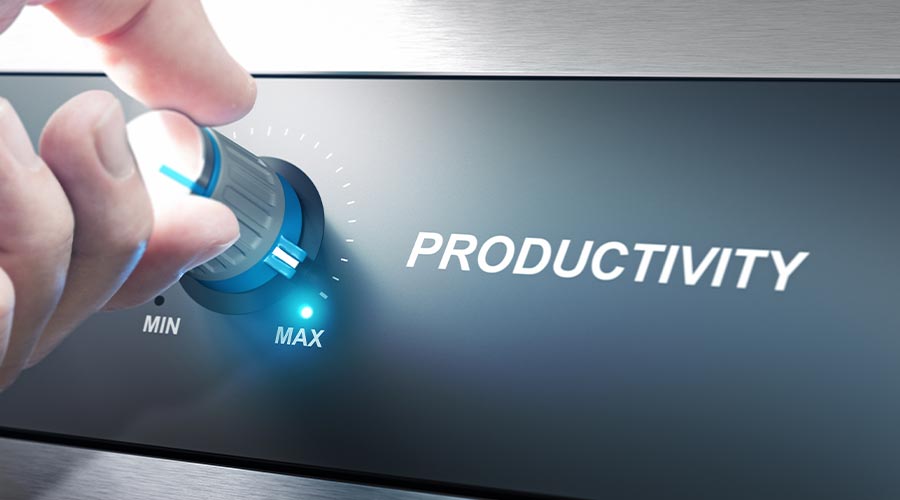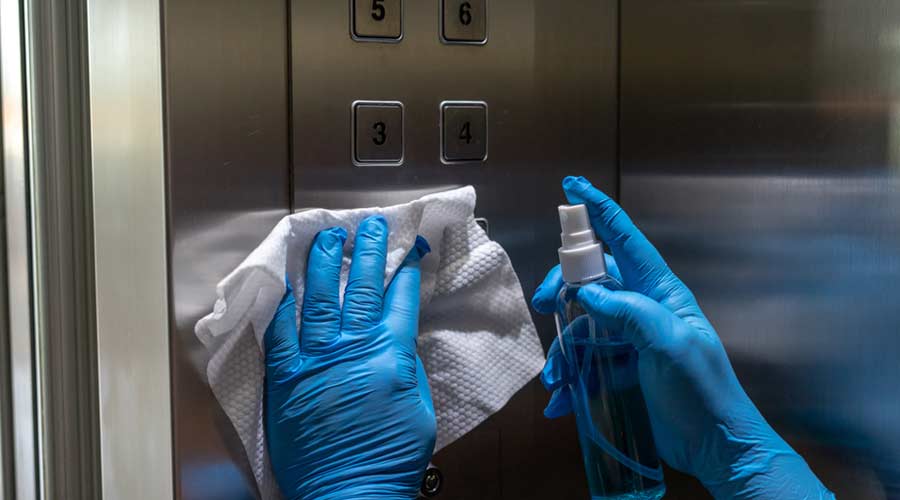
The commercial cleaning industry finds itself once more at a crossroads; the increasing popularity of robotics and a challenging labor market. Companies that often rely on entry-level labor are now dealing with tighter immigration policies and enforcement, as well as rising labor costs. These factors can make it difficult to find and retain reliable workers for important frontline roles. Meanwhile, robotics have started to move beyond pie-in-he-sky futuristic solutions to become practical and often cost-effective tools capable of handling repetitive and complex tasks in real-world environments.
The new focus is on deploying the "right resource for the right task at the right cost," which can mean a human, a robot, or a combination of both. This evolving landscape suggests that the future of service jobs will involve a blend of human efforts and automated efficiency, requiring business owners to make decisions about who (or what) is best suited for a particular job.
Commercial cleaning is a particularly interesting field to try and incoprporate this type of technological innovation. Tasks such as mopping, scrubbing, and vacuuming are indeed physically demanding and repetitive, traditionally falling to hourly workers. However, industries spanning hospitals, schools, hotels, and airports are finding it increasingly challenging to fill these roles due to shrinking labor pools and high attrition rates, in addition to shifting minimum wages across the country. The nature of the work often contributes to injuries, making it difficult to attract and retain staff. These challenges are pushing businesses to explore smarter ways to deploy labor, leveraging robotics to help boost productivity and reduce strain on human workers.
While the promise of robotics in cleaning is significant, it's not a "plug-and-play" solution. Companies must develop a clear business case for automation, aligning expectations with realistic outcomes. It is crucial to understand not only the upfront cost of robotic solutions, but also their long-term value, including potential savings and the ability to scale operations without being constrained by labor shortages.
For instance, one SoftBank Robotics America customer has deployed over 100 robots across 15 locations, resulting in a 30% increase in labor efficiency.
Despite the growing adoption of cleaning robots, they are not intended to completely eliminate the need for human labor. Instead, the focus is on a "robot + human" equation, where automation augments the human workforce. In customer-facing industries, the value of automation lies in improving overall service quality via consistency and safety.
The business case for robotics in service operations covers many categories:
Lower Costs: Robots can reduce overtime expenses and free up human staff for higher-value, more complex tasks.
Cost Stability: Fixed costs associated with robots can help manage rising variable labor expenses.
Safer Workplaces: By handling repetitive and physically demanding tasks, robots can reduce the risk of injuries to human workers.
Improved Service Quality: Robots deliver consistent cleaning, enhancing brand image and customer satisfaction.
Smarter Operations: Data collected by robots can provide insights for process improvements and increased efficiency.
Companies that are proactive about robots can realize immediate benefits and build capabilities that promote efficiency and consistency.

 The Down and Dirty on Cleaning in Virus Season
The Down and Dirty on Cleaning in Virus Season How Surfactant Use is Expanding in Commercial Cleaning
How Surfactant Use is Expanding in Commercial Cleaning